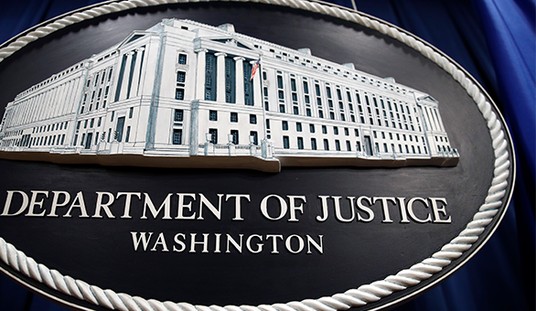Most of the focus has been on the enrollment and technical problems associated with the federal exchanges. But the state exchanges are also experiencing some issues of their own:
Even in states where Obamacare enrollment is booming, insurance companies are running into significant behind-the-scenes technical glitches that could threaten Jan. 1 health coverage.
Many of these 14 states and the District of Columbia have been eager to tout the success of their own exchanges compared with the bungled federal portal, but they nowappear to be worrying about back-end problems similar to those afflicting HealthCare.gov.
As if this wasn’t bad enough, perhaps more worrisome is the fact that some so-called 834 forms being sent to providers via the state exchanges -- containing sensitive and personal information -- are inaccurate.
It’s a new twist in the unfolding saga of so-called 834 forms — industry jargon for the application files that insurers receive when someone signs up for coverage through an exchange.
Insurers in Kentucky and New York, for example, say they’ve received flawed 834 enrollment forms from their local exchanges, though the extent of the errors is unclear. Washington state has already had to correct thousands of 834s with faulty information about federal tax credits.
Politico further notes that it’s too early to know with certainty how widespread these problems are. States aren’t disclosing all their technical difficulties, obviously, let alone how many incomplete or inaccurate 834 forms they’re sending out. But it doesn’t seem like they have a plan to fix the problem, that is, if it’s way worse than they’re letting on:
Recommended
The state exchanges, until now, have dodged the same under-the-hood inspection as HealthCare.gov. Industry insiders suggest that while these exchanges may work well for consumers, they’re still sending flawed applications to health insurers without a clear path to a fix in time for coverage to start Jan. 1.
What could this mean? As many have written, some patients might show up at their doctors’ offices after the New Year only to discover that their paperwork was inaccurate or never sent at all. If that happens, they won’t have health insurance. Thus high enrollments might not necessarily mean higher coverage rates, the White House’s recent end zone dance notwithstanding.

























Join the conversation as a VIP Member